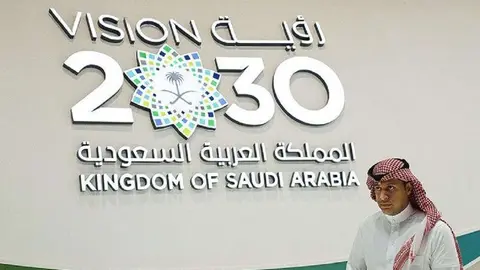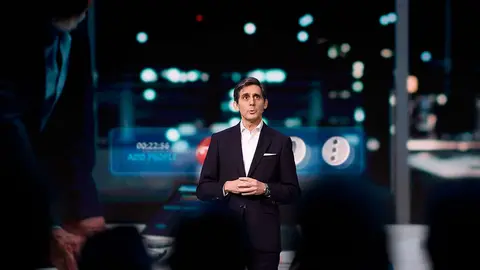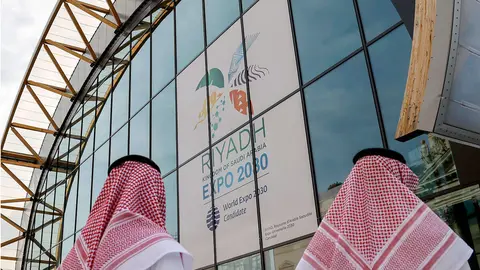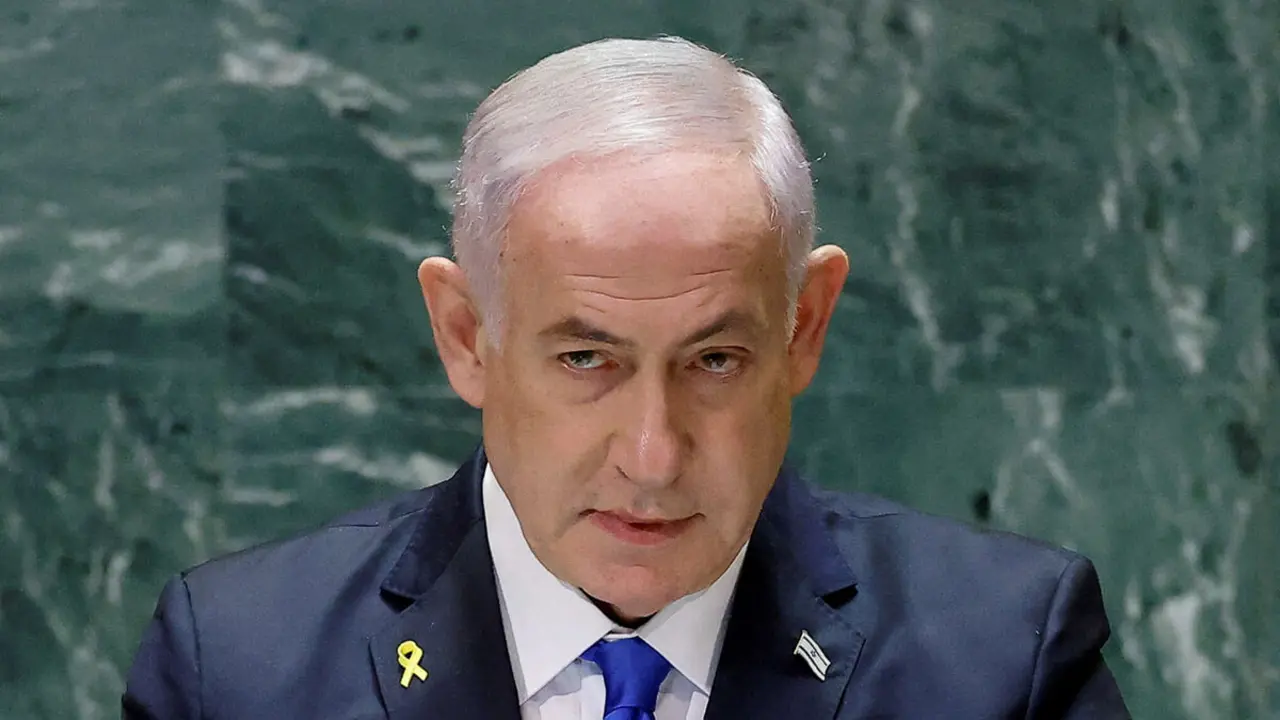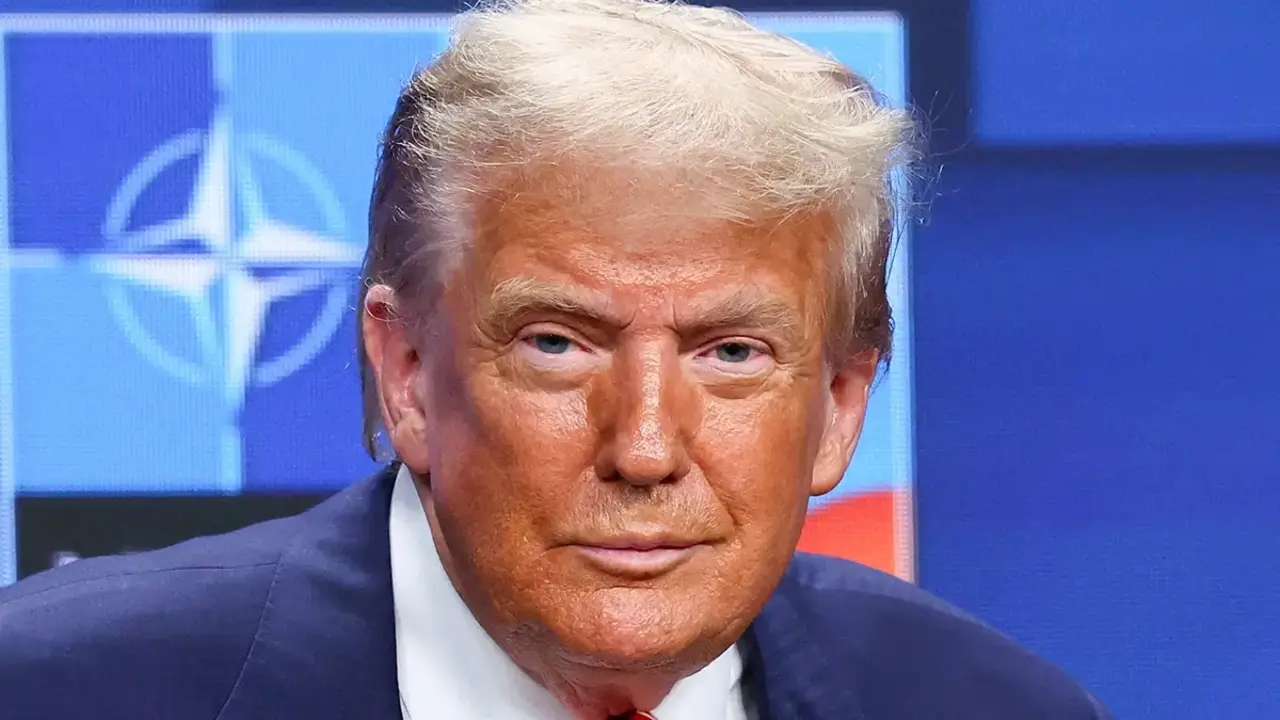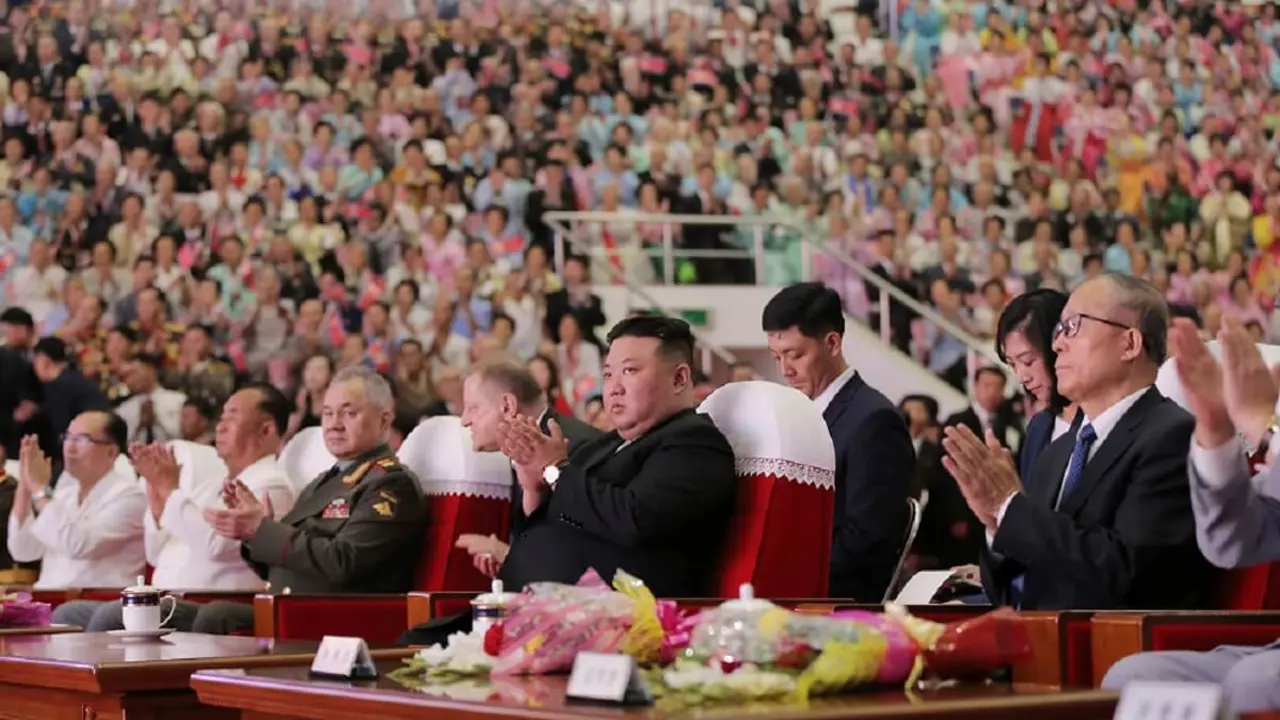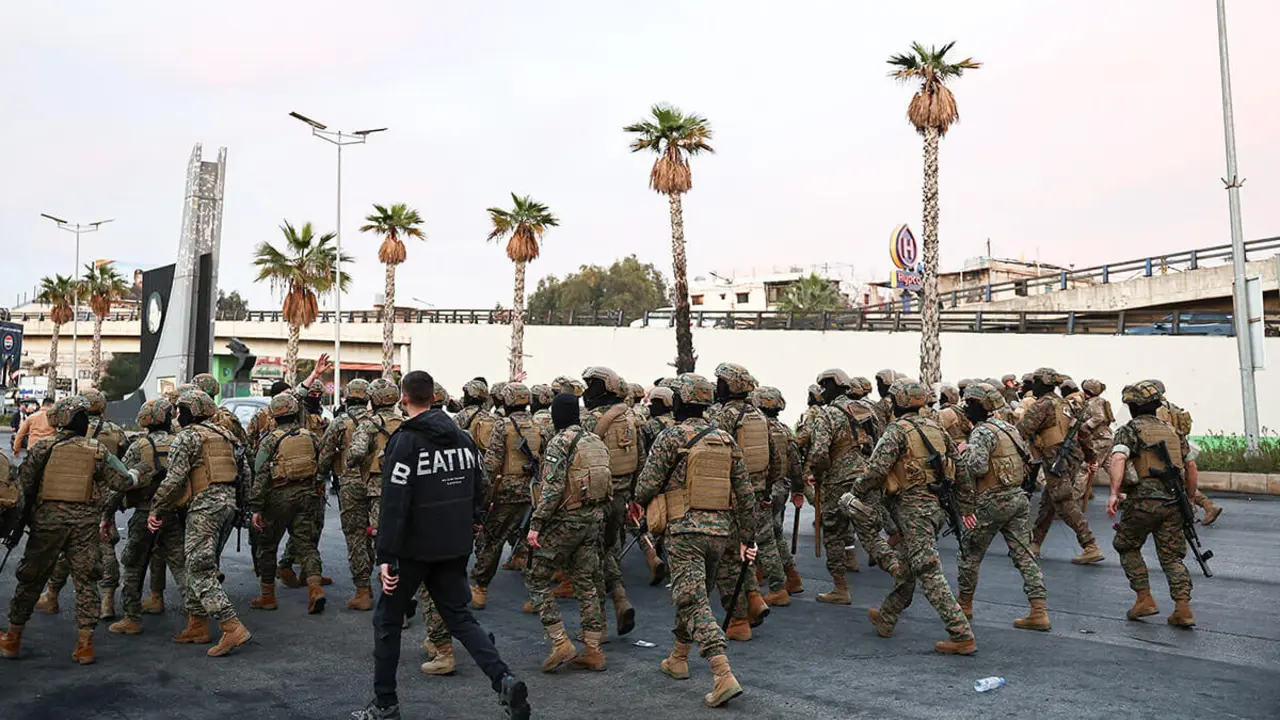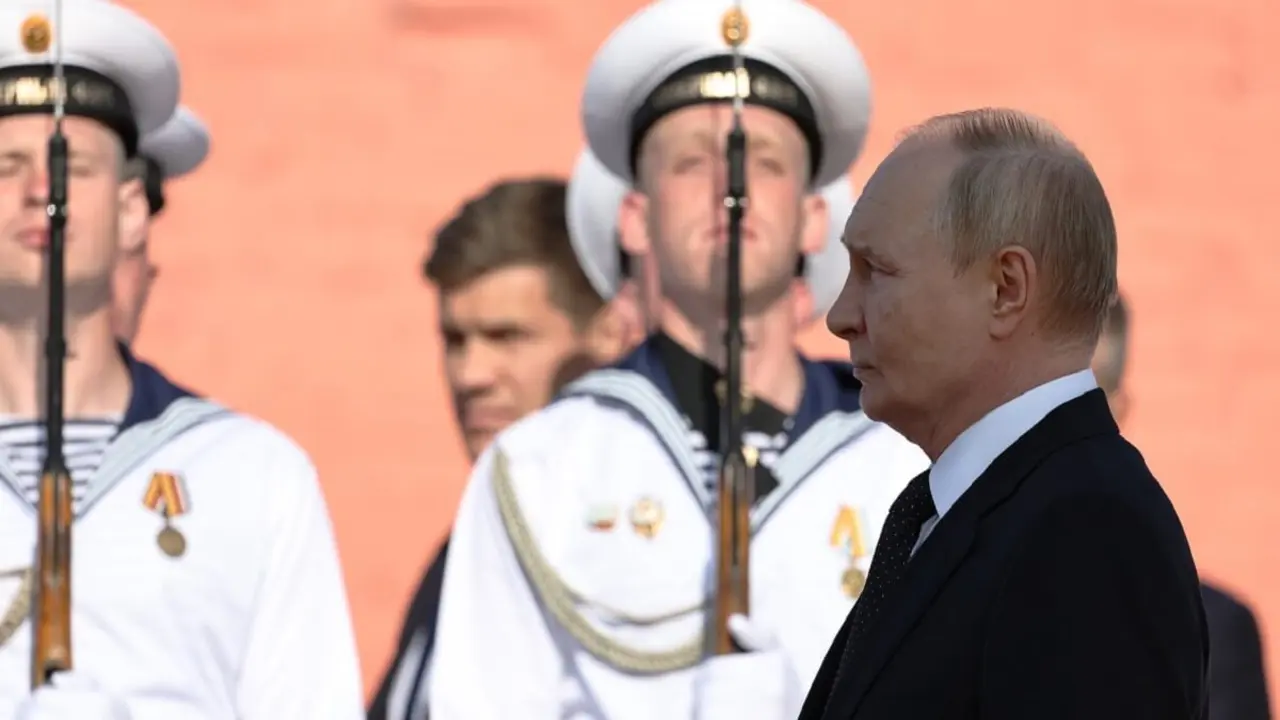‘Saudi first and last’ is not an option

One can learn a lot from the way Saudi Arabia’s largest telecoms operator, the STC Group, worked to acquire a larger stake in Spanish telecom company Telefonica.
The Spanish government is still scrutinising the details of the deal which would increase the stake of the Saudi company, and behind it, the Saudi Investment Fund (PIF), in Telefonica.
There are Spanish political forces that want to obstruct the deal, the Saudis are likely to have done their homework and come prepared for the transaction. By acquiring more shares in Telefonica, the Saudi telecom group would have access to the most advanced technologies in the world in the field of telecommunications and broadband Internet.
This is Saudi Arabia’s worldview today. The country has always in mind some kind of profit plan, targeting one sector or the other, somewhere in the world. The large financial surplus reaped by the kingdom is invested in all sectors of the world economy. Investments are crucial towards revitalising the Saudi economy and carrying out “Vision 2030,” the modernisation plan adopted years ago by the kingdom’s young leadership. What boosted the momentum for carrying through the plan was the financial surplus helped by global developments, such as the Ukraine war but not exclusively that. Saudi Arabia today produces a large oil output which it sells at prices approaching $90 per barrel.
It coordinates its positions with Russia so as to master the OPEC+ group’s decision making and be in control of the global oil market. OPEC+ members and the group’s Western customers have no choice but to accommodate the two oil giants.
In all of this, Saudi Arabia’s path is guided by its unofficial slogan “Saudi Arabia First” or “Saudi First”. Looking back at the last few years, since the young leadership in the kingdom have held the reins of power, one sees that words matched the deeds, which in turn matched the general pace of progress as well as the overall plan which the kingdom pursued. Nothing said by Saudi Crown Prince Mohammed bin Salman since he assumed power in the country to this day has conflicted with the “Saudi First” policy, nor with achieving “Vision 2030.” Perhaps the scope of “Vision 2030” has become broader and more comprehensive, and gained a faster tempo with money available to bring about its fulfilment.

“Saudi First” resonated with the Saudis. The vision of the young leadership matched the ambitions of the country’s youth. The popularity of Prince Mohammed bin Salman is at its peak among his people. There are obviously some exceptions such as those among princes and businessmen whose wings were clipped or who were held accountable. There are also the Rijaal al-hisbah, the enforcers of traditional morality rules, who were removed from the forefront of society. Other than such exceptions, it is fair to say that popular support for the steps of the Saudi leadership is much wider than what Sharia-sanctioned loyalty to the rulers would dictate. This is an exceptional moment in contemporary Saudi history, and the Saudi leadership realises the importance of making the most of it.
Saudi Arabia took another step to protect this project by adopting a policy of eliminating enmities within the region. It started by ending the dispute with Qatar at the Al-Ula GCC summit. Then it sought to establish a fragile truce with the Houthis in Yemen that would open the way for the settlement of problems with Iran. This is a more prudent description than talking about a “zero problems” objective in describing the sought-for relationship with Tehran. The Iranian regime does not see any danger in settling problems with Riyadh because it has nothing to lose. It is powerful enough in Iraq, Syria, Lebanon, Yemen and Palestine, and has a strategic view of the Gulf. It sees no urgency in inciting sectarian minorities in the Gulf. Saudi Arabia is not about to challenge Iran’s influence in any of these countries. Iraq is absorbed by its priorities and has come to believe it is playing the role of a mediator between the Iranians and the Saudis. The nominal reconciliation reached with Assad will not change much in realities on the ground. There is little Saudi interest in Lebanon, and the Palestinians continue to practice their favourite hobby of blaming everyone except themselves for their woes.
The crux of the matter remains in Yemen due to many factors. The Houthis want to confirm their victory. Any upcoming arrangements in northern Yemen are bound to be at the expense of the internationally-recognised government and Saudi Arabia’s allies there.
As for southern Yemen, the matter appears to be in its political infancy. There, the issue goes beyond just Saudi Arabia, due to the presence of southern Yemeni factions with intermittently conflicting goals, and extends to the Emirati and Omani influence in the southern provinces. Iran, ironically, may be a catalyst for a Saudi settlement with the Houthis, which would leave some room for Riyadh to deal with Yemen’s southern issue.
Saudi Arabia took a third crucial step by moving away from its traditional alliance with the United States, and going far in opening up to other global powers, starting with China and others such as India. As we witness today, the Biden administration is trying to restore its relationship with Riyadh to the way it was before.
Perhaps the rail and shipping “corridor” agreed to during the G20 summit in New Delhi reflects an American desire to return to the region with a common agenda, which accommodates Saudi Arabia while curtailing China’s increasing influence in the region.

The United States is not worried very much about Saudi-Russian coordination, because Russian President Vladimir Putin’s ambitions are now limited by what he can achieve in the war in Ukraine.
The “Saudi First” policy has helped Riyadh achieve a lot. It has allowed it to set a broader horizon for itself and steer away from the damaging fallout of its earlier religious project, which had brought it nothing but grief. The problem however is that this policy has turned into “Saudi first and last.”
Over the past few years, especially the last two years, Saudi Arabia seems to have been preoccupied with its own project and moved away, day after day, from any role that would buttress its regional and global stature. The direction Saudi Arabia has taken has become a matter of concern for Riyadh’s allies and friends, who see Saudi Arabia as an important pillar of regional stability.
Whether one looks at Saudi Arabia’s role from a financial perspective, as illustrated by the country’s investments, grants and direct form of support, from the political perspective of coordination with the main countries of the region, or from the vantage point of security and military-based connections, including active participation in regional security arrangements, there are bound to be implications from Saudi neglect of the region’s problems and disengagement from its concerns.
Saudi Arabia will quickly find out that the region’s problems will come back to haunt it and exert pressure on it no matter how it tries to avoid them.
There is no doubt that the part about “Saudi first and last” stems from past experiences that the Saudi leadership believes now justify its decision to politically distance itself away from past problems. Whether these are Saudi or non-Saudi experiences, Riyadh has used them as a basis to draw the new pattern of its regional and global policies.

Perhaps the Qatar experience was the source of many lessons for Saudi Arabia. In an instant, the region largely boycotted Doha. Qatar relied on various factors to withstand the boycott. But the main one was money as Doha developed a major network of relations that mitigated the impact of the boycott. Qatar also sought the help of major regional allies, especially Turkey and Iran. Ankara sent its soldiers to protect the ruling dynasty in Doha while the Iranians provided the routes for Qatari trade and air traffic. The Omanis and Kuwaitis contributed to alleviating Doha’s regional isolation. Everyone bet on the time factor for an end to the boycott. There is no doubt that Saudi Arabia learned from this lesson, but it omitted the Turkish and Iranian roles in shaping Qatar’s resilience.
Then there is the experience of isolation that Riyadh faced after the crisis caused by the murder of Saudi journalist Jamal Khashoggi in Istanbul in 2018. By all accounts, the reaction of many to the crime was driven by the logic of settling scores with Saudi Arabia and its crown prince. In the end, Riyadh paid a high price by its isolation. The Khashoggi crisis ended within arrangements reflecting the strength and cohesion of the ruling establishment in Riyadh, and the pivotal role of Saudi Arabia in economic and political areas, especially oil production. Former critics returned to Riyadh but Saudi Arabia did not go back to them; or when it did, it did so coyly.
There is no doubt that the strikes which Iran and its allies directed at Aramco facilities in Abqaiq had a deep impact on the shaping of “Saudi first and last.” The Houthi drones and missiles lobbed over Riyadh are not what Saudi Arabia was expecting after years of war in Yemen.
Saudi Arabia is entitled to be staying away from those who tried to harm it politically and morally. But its disengagement has extended to everyone. For some reason, Riyadh is behaving as if it has no allies now except its shares in international companies, its balances in banks and the positive figures published by Aramco.
Even with those who went along with its decisions to control or adjust oil output in order to gear market trends in the direction it wants, Saudi Arabia’s approach was dictated by the logic of “what are your options?”

Can Saudi Arabia deal with regional realities with fewer or no allies at all? There is no doubt that Saudi Arabia is a major financial and economic power. Its military capabilities cannot be underestimated either, as demonstrated by the country’s air force and missile defence. There is no clear assessment of the performance of the army and the national guard ground forces when they faced off with the Houthis in the south of the country. But the Saudi leadership is undoubtedly aware of the capabilities of its forces. The sum of Saudi financial, economic and military power is something that should not be underestimated, especially when one adds to them the religious and moral weight of Saudi Arabia as the Land of the Two Holy Mosques. But the world today is changing in a way that is confusing to everyone. A handful of drones worth a few thousands of dollars can upset a traditional multi-billion dollars military balance. These are considerations that cannot be overlooked when making or assessing alliances.
Perhaps some will describe this kind of assessment as exaggerated and point to the recent New Delhi agreement to argue that Saudi Arabia is working with others even if it is within the “Saudi First” doctrine. The joint handshake between Prince Mohammed bin Salman, US President Joe Biden and Indian Prime Minister Narendra Modi that followed the agreement on the “corridor” is a useful indicator, but in the midst of many contraindications, this appears to be an isolated indicator. It is an indicator that raises the question as to whether this is a new Saudi formula for dealing with allies, or part of an American decision to return to the region by annoying China.
Our volatile region does not allow for much experimentation nor backtracking. For a key country like Saudi Arabia, abandoning its pivotal role and contenting yourself with a moral position seems to be an unreasonable option. “Saudi first and last” should not be among such options.
Dr Haitham El-Zobaidi is the executive editor of Al Arab Publishing Group.


